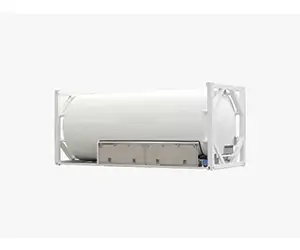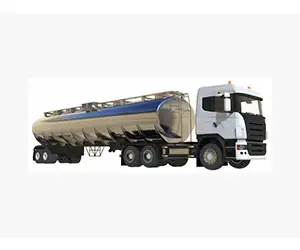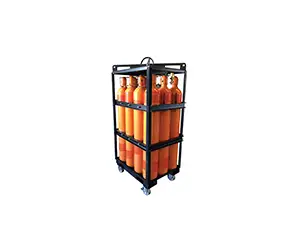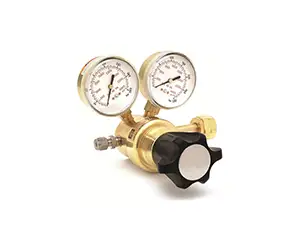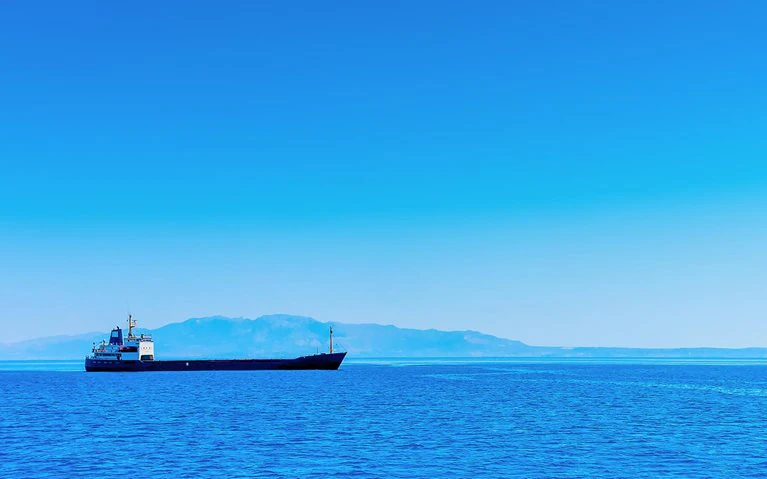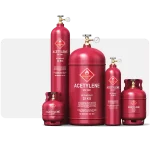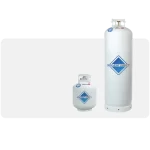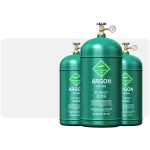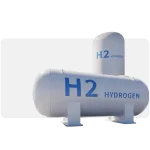The new MARPOL limits on the sulfur content of marine fuels could result in an additional 1-1.8 megabytes per refinery day to produce higher volumes of marine gasoline. Such additional demand for crude oil could provide an opportunity for OPEC to regain market share.
New MARPOL (International Convention for the Prevention of Pollution from Ships) limits on sulfur content in marine fuels starting in 2020 could result in an additional 1-1.8 megabytes per refinery day to produce higher volumes of marine gasoline. This additional crude oil demand will contribute to the contraction of the crude oil market in 2020-21 and could provide an opportunity for OPEC to increase volume and market share.
MARPOL in a Nutshell
In 2020, global sulfur limits for marine bunker fuel will be reduced from the current 3.5% to 0.5%, affecting 3.7 MB/day of the shipping industry’s fuel demand. However, there is a high degree of uncertainty about the extent to which shipping companies will comply, and if they do change, which alternative fuel they will choose. They can actually continue to use high sulfur grades and install sulfur scrubbers that remove sulfur from post-combustion exhaust gases.
Top shipping companies such as Maersk and Hapag-Lloyd have stressed that they will comply with the new regulations by switching to alternative fuels. In our main case, we expect 80-90% compliance with MARPOL regulations in 2020.
There are several ways the industry can comply:
Low Sulfur Fuel Oil (LSFO): This alternative fuel is compliant, but availability is limited. After 2020, it will not be able to fully meet the demand for compliant offshore bunker fuel, although more refinery activity will increase production as well as further desulfurization of high-sulfur fuel oil (HSFO) in existing capacity.
Marine Gasoline (MGO): This alternative fuel is also compatible and can be increased as refineries become more operational, as well as through more cracking, desulfurization and other secondary refining where there is capacity to do so.
Scrubber: This addition allows shippers to continue burning HSFO while releasing emissions into water instead of air, which is permitted. However, we estimate that scrubbers account for less than 15% of global MARPOL compliance.
Liquefied Natural Gas (LNG): Although a potential alternative fuel, it is unlikely to emerge as a viable alternative to conventional storage fuel in the near term and its share of demand is expected to remain below 1%.
There is also the risk that some shippers will not comply at all, as the International Maritime Organization (IMO) – under which MARPOL was set up – does not have an adequate enforcement mechanism. However, as noted above, larger and more established carriers are more likely to follow these rules and, as a result, will push for stricter enforcement and the development of technologies that identify non-compliant vessels.
Increasing the operation of refineries will increase oil demand
With the sudden increase in demand for alternative fuels, changing the global fuel mix on such a large scale will be challenging for refineries, as they are not configured to produce the additional volumes required for MGO or LSFO. Due to further restrictions on the LSFO output, we expect MGO to take the main share of the additional demand – from 75% to 40% depending on the behavior of the transmitter (Figure 1).
Therefore, this higher demand could lead to an increase in crude oil demand, leading to a further increase in oil demand (on top of the basic liquids demand of 103.4 million bpd) by 1.0-1.8 million bpd by 2021, equivalent to 40. 55% of MGO’s share in the total composition. In our 75% MGO “maximum impact” scenario, we could see an increase of 3.8 Mb/d as a result of MARPOL, although this scenario requires full utilization of the global refinery and is highly unlikely.
While widening the spread between sweeter and sourer grades could also encourage refiners to expand their HSFO processing and blending capabilities, uncertainty about MARPOL enforcement prevents such significant investments from being justified up front. to be Currently, very few refineries have announced HSFO conversion capacity additions, and the general approach in the industry is to wait and see.
We expect that if more than 40% of vessels go to MGO, the price increase will eventually cause some vessels to install scrubbers and return to burning HSFO. Therefore, if there is a high level of MGO adoption soon after the introduction of the new rules, it will not last long, and the increase in crude oil capacity after 2021 will slow until it reaches 1 million bpd from 2025 onwards. reach
With MARPOL coming into effect in 2020, we expect traders to start increasing MGO purchases in Q4 2019 in an attempt to build up stocks before prices start to rise under the influence of higher demand. So, for reference we see a 0.3 Mb/d shift in demand from 2020 to Q4 2019.
On the supply side, OPEC is the main beneficiary
We believe that markets will contract further as a result from 2020 onwards
 Persian
Persian Englisg
Englisg Arabic
Arabic
